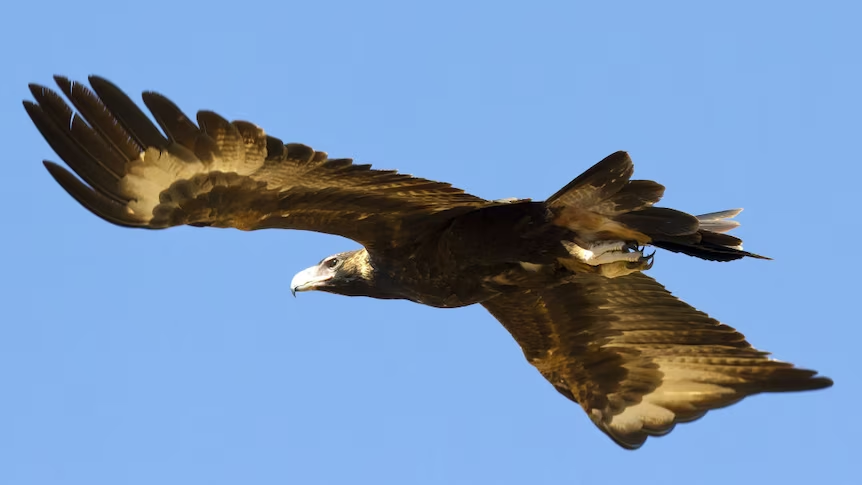Researchers have found that Eagles that have migratory routes through Ukraine have shifted their flight paths to avoid areas affected by the conflict.
GPS data has revealed that greater spotted eagles not only made large detours after the invasion began, but also curtailed pitstops to rest and refuel, or avoided making them altogether.
According to the team, the upshot is that the vulnerable raptors took longer to reach their breeding grounds, and probably expended more energy to get there.
“It’s kind of like if you were to run a marathon but you had no water breaks. And at the end, someone asks you to run an extra seven or eight miles,” said Charlie Russell of the University of East Anglia, a co-author of the study.
Also, the researchers warned the situation could delay breeding, as the eagles could need longer to recuperate, and affect the survival chances of any young, as prey may be less available when the eggs hatch.
Read also: Report shows Ships in some UK port cities create more air pollution than cars
Writing in the journal Current Biology, Russell and colleagues reported how they analysed migration routes taken by 19 greater spotted eagles as they flew through Ukraine to breeding grounds in southern Belarus in March and April 2022 – just weeks after the Russian invasion of Ukraine began. While females travel from overwintering grounds in Greece, males travel from sites in east Africa.
The researchers compared these paths with 65 migrations recorded from 20 birds in 2018-21.
The findings suggest the eagles travelled an extra 53 miles (85km) on average after the invasion. Russell said one eagle added an extra 155 miles to its route. The journey took, on average, 55 hours longer after the conflict started, with males found to have a lower flight speed than before the conflict began.
They found that while 90% of eagles made stopovers in Ukraine before the conflict, only 32% did so after the invasion, with some sites avoided altogether.
Story was adapted from the Guardian.
